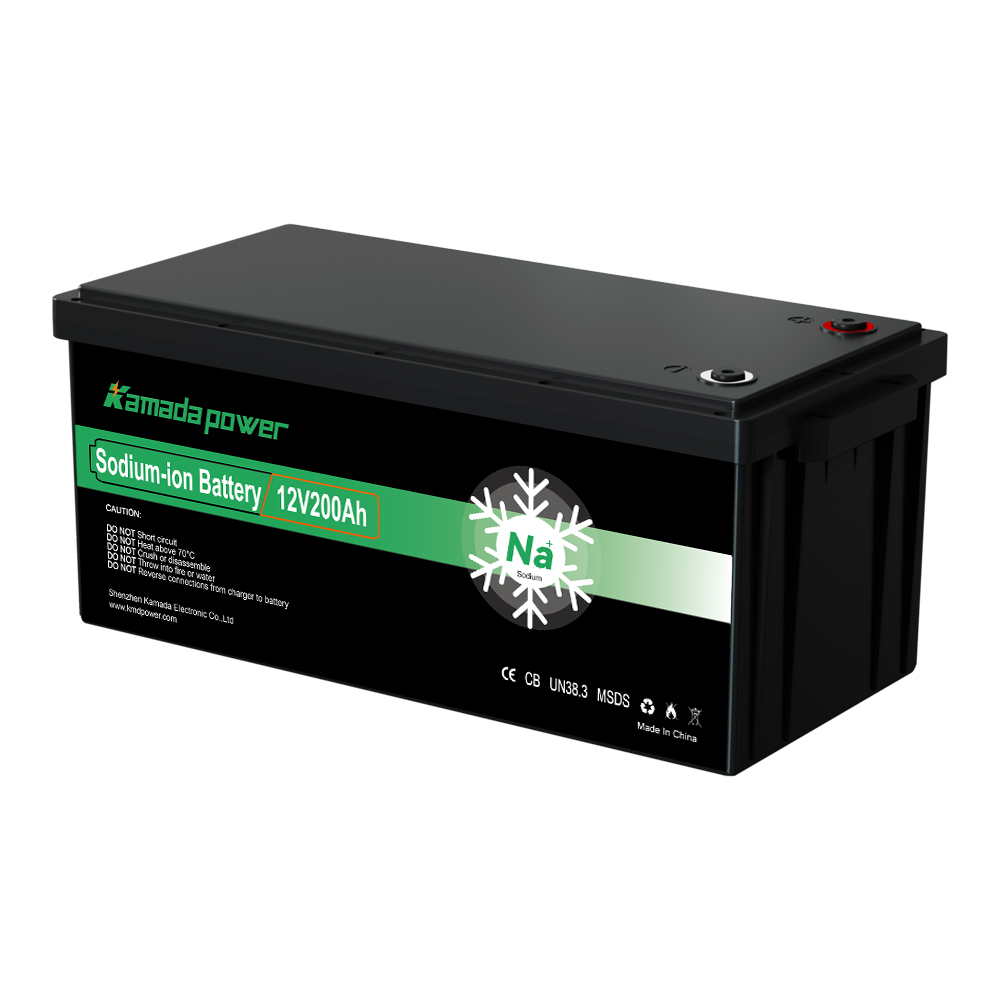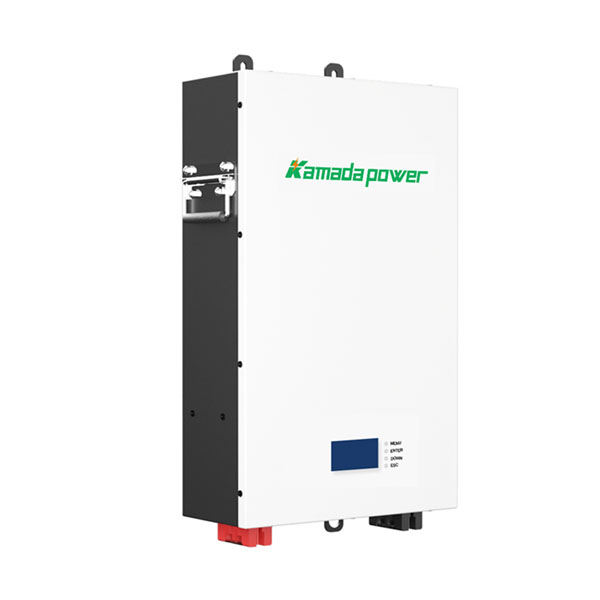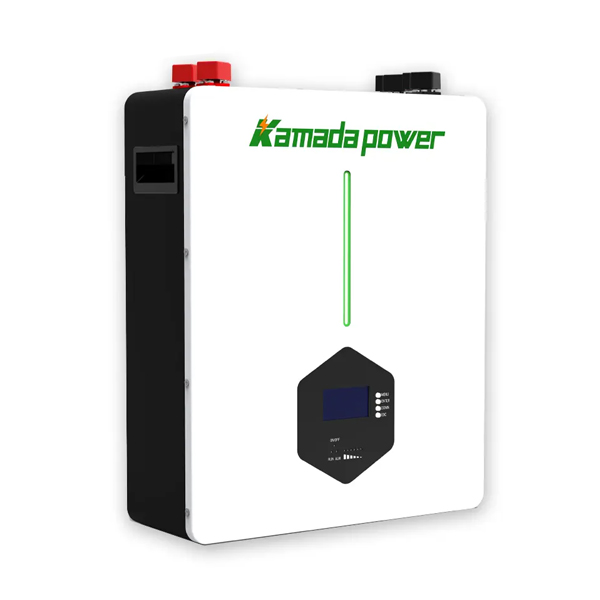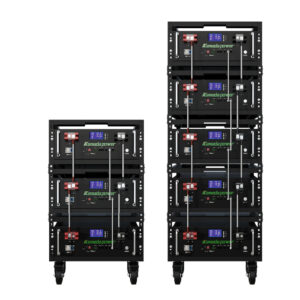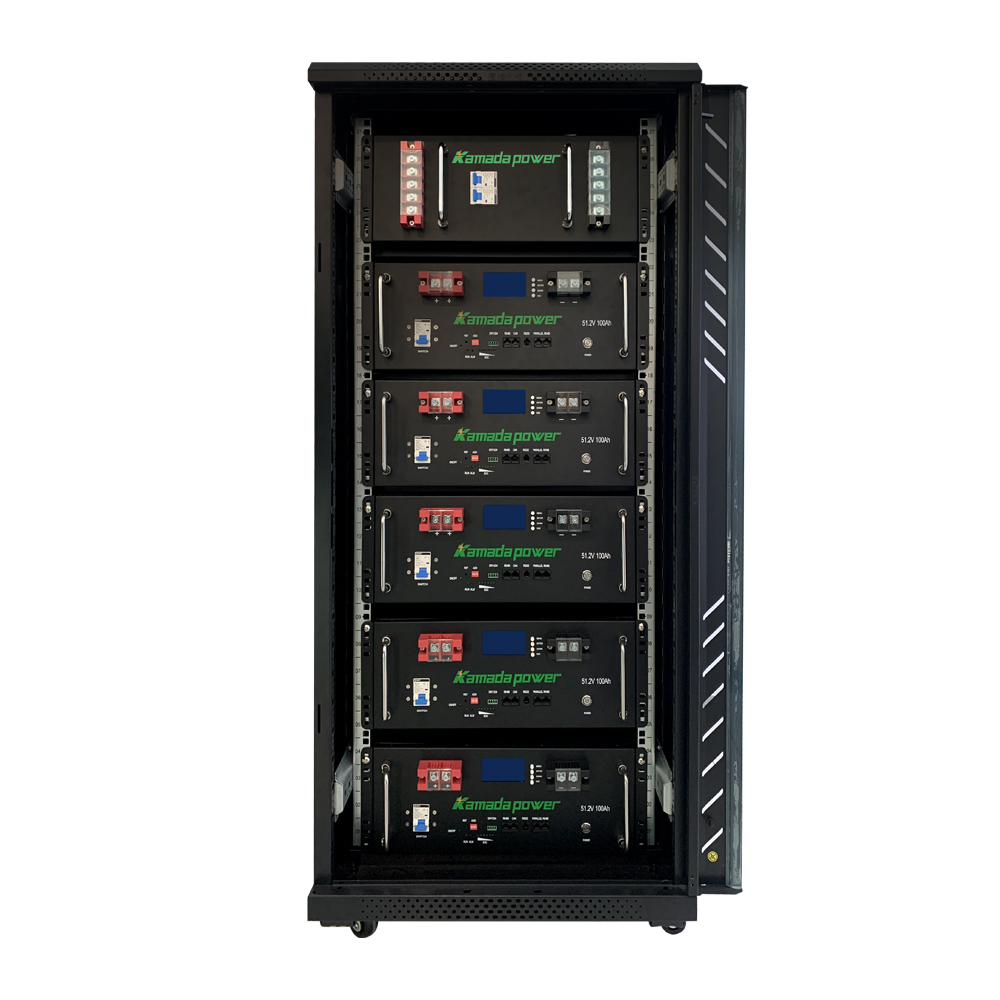Kamada Power High Voltage Battery Application/Wind Power/Solar Lights/Emergengy Light/UPS/Telecom/Solar System
| High voltage 400V | High voltage 800V | High voltage 1500V |
| 1, Outdoor small high voltage, backup power, UPS power supply | 1, Industrial and commercial power supply2, factory and shopping mall power supply | 1, Large base station |
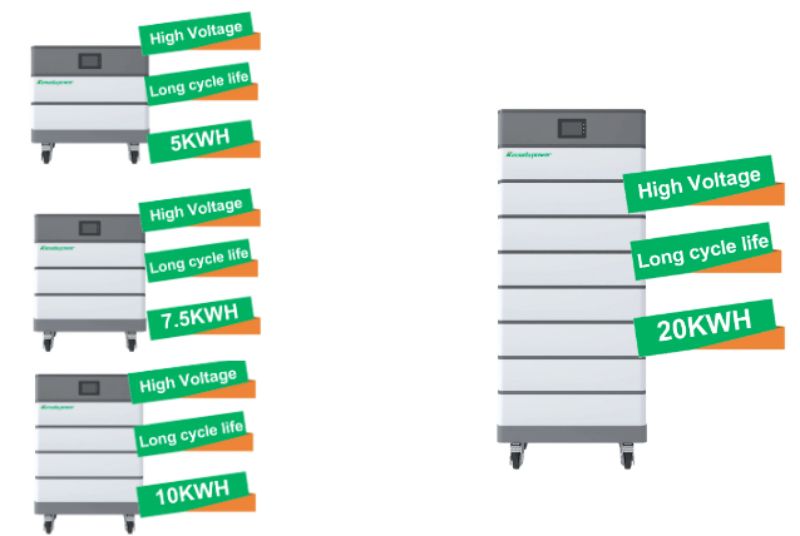
High Voltage Battery Product Features
Maintenance-free
Supports parallel use
Designed for home solar system
6000 Cycles reliable performance
Higher energy density,Extreme
Battery management system(BMS)
Bottom push wheel design,no installation required
95% DOD with more usable capacity
Protection function of high voltage battery
1.Overcharge protection
Overcharge protection refers to: lithium batteries in the process of charging, with the voltage rises to beyond the reasonable range, will bring uncertainty and danger. The overcharge protection function of the protection board is to monitor the voltage of the battery pack in real time, and cut off the power supply when the charging reaches the apex of the safe voltage range, preventing the voltage from continuing to rise, thus playing a protective role.
Overcharge protection function: When charging, the protection board will monitor the voltage of each string of the battery pack in real time, as long as one of the string voltage reaches the overcharge protection value (the default overcharge voltage of ternary is 4.25V±0.05V, and the default overcharge voltage of LiFePO4.75V±0.05V), the board will cut off the power supply, and the whole group of lithium batteries will stop charging.
2.Over-discharge protection
Over-discharge protection refers to: lithium batteries in the discharge process, with the drop in voltage, if all the electricity is discharged to exhaustion, the chemical materials inside the lithium battery will lose activity, resulting in charging into the power or capacity decline. The over-discharge protection function of the protection board is to monitor the voltage of the battery pack in real time, and cut off the power supply when discharging to the lowest pointof the battery voltage, preventing the voltage from continuing to fall, so as to play a protective role.
Over-discharge protection function: When discharging, the protection board will monitor the voltage of each string of the battery pack in real time, as long as one of the string voltage reaches the over-discharge protection value (the default over-discharge voltage of ternary is 2.7V±0.1V, and the default over-discharge voltage of LiFePO4 is 2.2V±0.1V), the board will cut off the power supply, and the whole group of lithium batteries will stop discharging.
3.Overcurrent protection
Overcurrent protection refers to: lithium batteries in the power supply to the load, the current will change with the voltage and power changes, when the current is very high, it is easy to burn the protection board, battery or equipment. The overcurrent protection function of the protection board is to monitor the current of the battery pack in real time during the process of charging and discharging, and when the current exceeds the safety range, it will cut off the current passing through, preventing the current from damaging the batteries or equipment, so as to play a protective role.
Overcurrent protection function: when charging and discharging, the protection board will monitor the battery pack current in real time, as long as it reaches the set overcurrent protection value, the protection board will cut off the power supply, and the whole group of lithium batteries will stop charging and discharging.
4.high / low temperature protection
Temperature control protection: The temperature control probe of the hardware protection board is welded to the internal motherboard of the protection board and cannot be unplugged. The temperature control probe can monitor the temperature change of the battery pack or the working environment in real time, when the monitored temperature exceeds the set value (the default of the hardware temperature control protection: charging -20 ~ 55 ℃, discharging -40 ~ 75 ℃, which can be changed according to the customer’s requirements, and the customer can not set it by himself), the battery pack will be disconnected from charging and discharging, and the battery pack can continue to be charged and discharged when the temperature is restored to a reasonable range to play a role in the protection.
5.Equalization protection
Passive equalization means: when there is voltage inconsistency between the strings of batteries, the protection board will adjust the voltage of each string to be consistent during the charging process.
Equalization function: When the protection board detects the voltage difference between the lithium battery series and strings, when charging, the high voltage strings reach the equalization value (ternary: 4.13V, LiFe3.525V), discharge (consume) with the equalization resistor with a current of about 30-35mA, and the other low voltage strings continue to charge. Continue until full.
6.short circuit protection (fault detection + anti-reverse connection protection)
Short circuit means: a short circuit is formed when the positive and negative terminals of the battery are connected directly without any load. Short circuit will lead to damage to the battery, equipment and so on.
Short-circuit protection function: lithium battery inadvertently caused by a short-circuit (such as connecting the wrong line, take the wrong line, water and other reasons), the protection board will be in a very short period of time (0.00025 seconds), cut off the passage of the current, so as to play a protective role.


